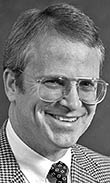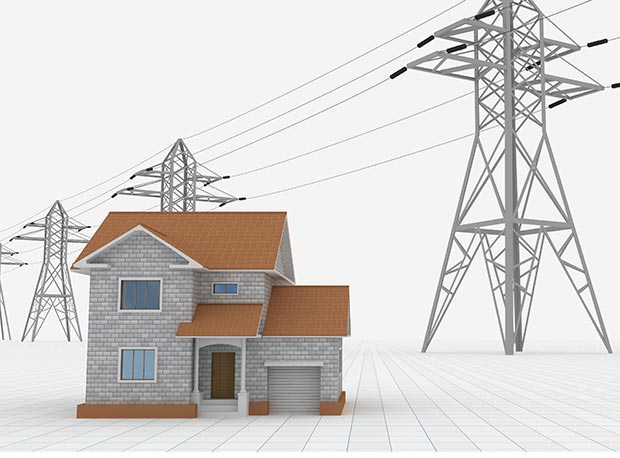Energy lab's recommended code revisions yield savings for Texas

Jeff Haberl

Charles Culp
Texans enjoyed lower home electric bills and cleaner air after state legislators in 2001 adopted new energy and construction codes for single-family residences, according to a report from scientists from the Texas A&M [Energy Systems Laboratory] (http://esl.tamu.edu/) who played an advisory role in the code revision process.
ESL researchers, including architecture professors Jeff Haberl and Charles Culp, both currently ESL associate directors, monitored the revised codes' effectiveness for eight years after their adoption and provided periodic reviews and recommendations to legislators.
The new codes, ESL researchers found, saved homeowners more than $1.7 billion in energy costs between 2001 and 2009, an average savings of $201 per household per year. The results of their research, conducted by Haberl with five ESL associates, were presented October 2012 at the [12th International Conference for Enhanced Building Operations] (http://www.icebo2012.com/) in Manchester, England.
“The new building energy codes have substantially improved the energy efficiency of housing in Texas, resulting in reduced annual heating/cooling costs, reflected in reduced utility bills for residential customers, reduced demand on Texas’ electric grid, and reduced emissions at power plants,” stated the report.
Energy savings were determined using an energy use simulation tool, the International Code Compliance Calculator, developed at the ESL. Researchers compared the energy use of homes built before and after the 2001 building codes adoption in three different climatic zones: Harris County (Houston), Tarrant County (Fort Worth) and Potter County (Amarillo).
Air quality also improved after the code revision, reported Texas A&M researchers, who found that code-compliant construction delivered an 11-percent reduction in nitrogen oxide emissions during the ESL's eight-year investigation. Nitrogen oxide forms smog in the atmosphere when combined in sunlight with organic elements.
The ESL used the U.S Environmental Protection Agency’s [Emissions and Generation Resource Integrated Database] (http://www.epa.gov/cleanenergy/energy-resources/egrid/index.html) figures for Texas to calculate statewide nitrogen oxide emission reductions.
A division of the [Texas A&M Engineering Experiment Station] (http://tees.tamu.edu/) , the ESL focuses on energy-related research, energy efficiency and emissions reductions.
Other ESL initiatives include reviewing local energy-related code amendments and offering technical assistance to municipalities and regional government councils. The lab is the prime source for energy code information and training for the construction industry and it analyzes energy savings and emissions reductions resulting from Texas energy efficiency initiatives and renewable energy programs.
Previous post
Tags
- architecture
- energy
- energy sustainability
- energy systems
- environment
- feature
- research
- rss
- sustainability
Related Posts
Culp leads software design effort at ESL

Light pipe tests under way at daylighting lab
Ph.D. study eying occupancy-based HVAC system
Students craft useful building software plugins for Revit
Haberl named fellow of international energy organization
Follow Us
Facebook Twitter Vimeo Youtube Flickr RSS
Recent Posts

Planning prof heads study of disaster housing aid

A message from the dean

Former student remembered as expert planner

Leading educator named new head of Architecture Dept.





_thumbnail_small.png)
